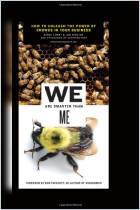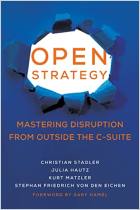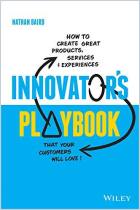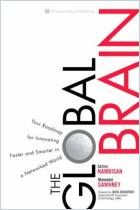Start-up pros Shaun Abrahamson, Peter Ryder and Bastian Unterberg approach an existing trend – reaching beyond organizational boundaries to contact masses of people online to generate solutions and ideas – systematically. Readers dealing with innovation will find a number of the examples familiar. However, even they can benefit from the authors’ transformation of the too-often giddy championing of wiki-something (“You can collaborate online!”) into an effective guidebook. Their methodical yet engaging manual offers immediate application and utility. getAbstract recommends it to anyone working in or curious about cyberculture or innovation.
Crowdstorming
When author Alex Osborn published Your Creative Process in 1948, he introduced the term “brainstorming” to refer to his method for gathering people together to generate new ideas. Osborn also proposed the concept of “idea-thinking on a larger scale.” This method goes beyond brainstorming in terms of the number of people involved, and the scope and scale of the process. Organizations as varied as universities and Fortune 500 companies utilize this method, now called “crowdstorming.” Crowdstorming has produced ideas for products and improved services, as well as marketing, such as proposing ways “to market low-carbon-footprint housing.”
Several historical factors shaped crowdstorming. A 1937 study examined the conditions that determined an organization’s viability. One was misuse of resources, which tends to happen as firms grow. The other was the “hidden costs of transacting with the market.” Many information-related activities, like finding good people or keeping “trade secrets,” are costly; having a unified organization reduces these costs. In Clay Shirky’s 2008 book, Here Comes Everybody, he argued that new technologies could...




















Comment on this summary or Iniciar a Discussão